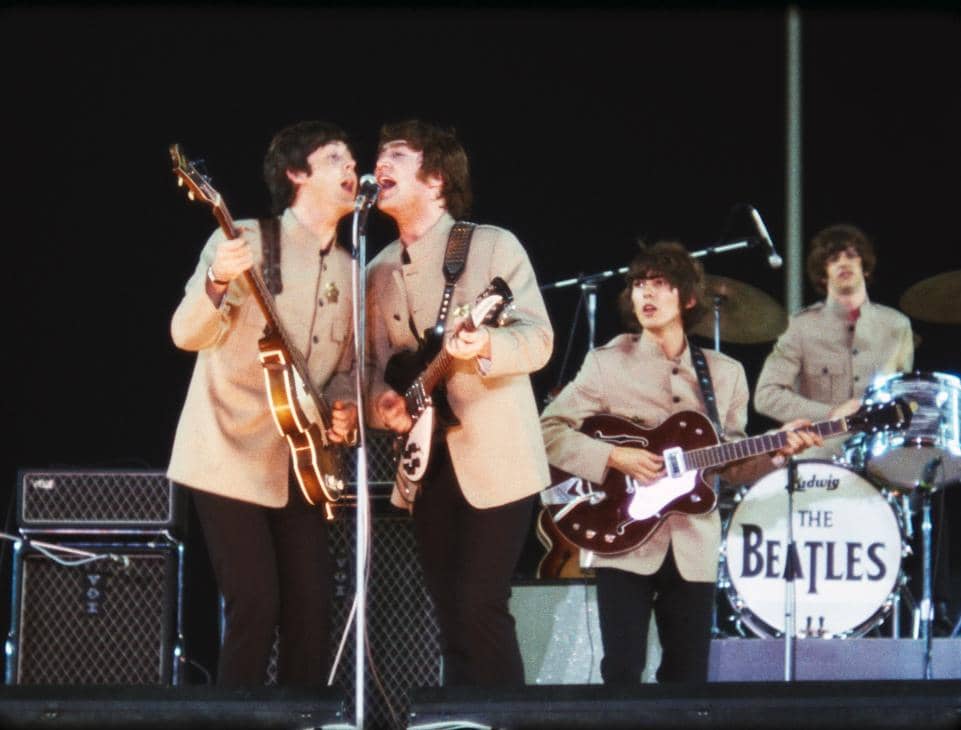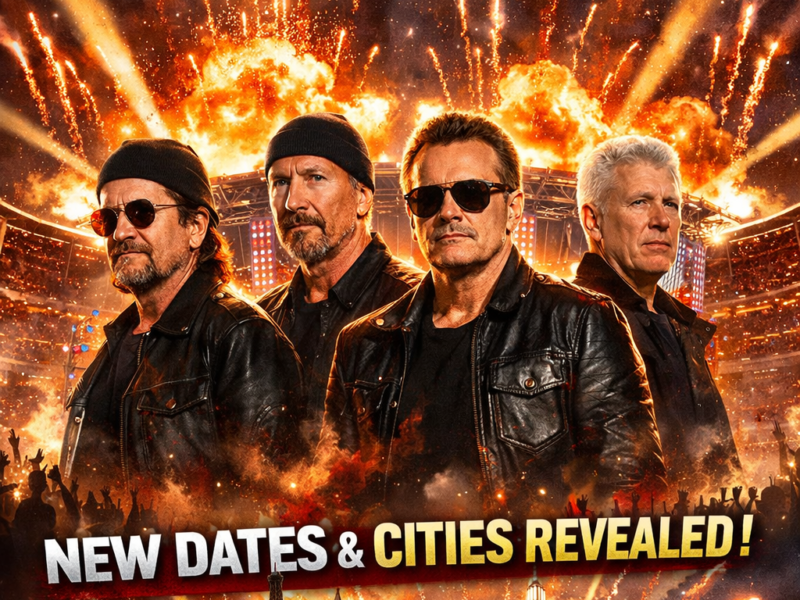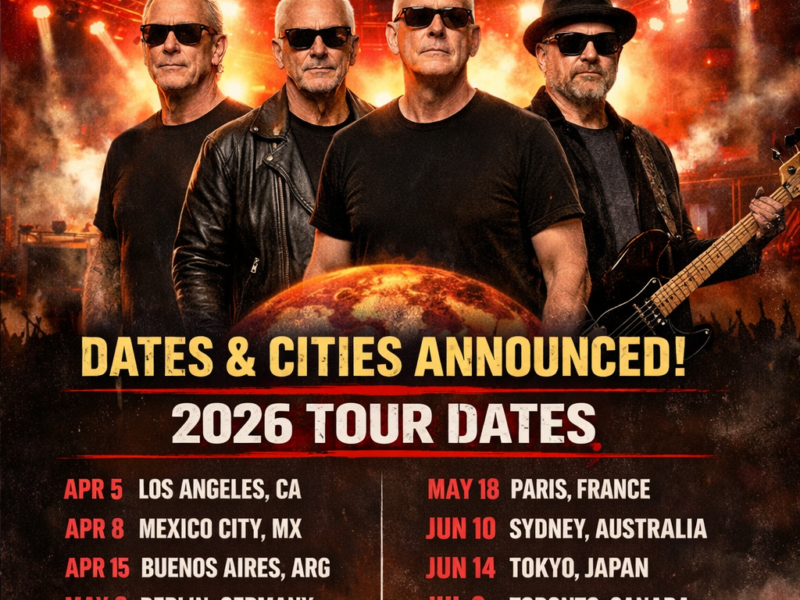**Legends of Rock: The Beatles’ Historic Shea Stadium Concert of August 15, 1965**
On August 15, 1965, music history was made at Shea Stadium in New York City. The Beatles, arguably the most influential and beloved band of all time, performed what is widely regarded as the first major stadium rock concert in history. This monumental event not only marked a milestone in live music but also symbolized the burgeoning phenomenon of rock ‘n’ roll as a mass cultural force.
**Context and Significance**
By mid-1965, The Beatles had already achieved unprecedented global fame. Their albums topped charts worldwide, and their charismatic personalities had sparked Beatlemania—a fervent and sometimes chaotic fan frenzy. Prior to Shea Stadium, their concerts were held in theaters and arenas, with audiences typically numbering in the thousands. However, as their popularity skyrocketed, it became clear that a larger venue was necessary to accommodate their immense fan base.
Shea Stadium, a massive baseball stadium in Queens, New York, was originally built as a home for the New York Mets. With a seating capacity of over 55,000, it was an ideal location for a historic event. The concert was scheduled for the evening of August 15, 1965, and tickets sold out rapidly, reflecting the band’s enormous popularity.
**The Concert Experience**
The day of the concert was marked by feverish anticipation. Fans, many of whom had traveled from across the country and around the world, packed into the stadium hours before the show. The atmosphere was electric, characterized by screams, chants, and a palpable sense of excitement.
The Beatles took the stage at approximately 8:50 PM, amid a backdrop of cheers and deafening applause. They performed a set of 12 songs, including hits like “Twist and Shout,” “She’s a Woman,” “I Feel Fine,” and “Help!” Their performance was energetic and charismatic, with John Lennon, Paul McCartney, George Harrison, and Ringo Starr exuding confidence and joy.
However, the concert was notably different from their earlier shows in smaller venues. The sheer size of the stadium created a unique challenge: the band’s sound was overwhelmed by the noise of thousands of screaming fans. The Beatles themselves later remarked that they could barely hear themselves or each other during the performance. Despite these challenges, the band maintained their professionalism and enthusiasm.
**Technical Challenges and the Sound of the Era**
The concert highlighted the limitations of live sound reinforcement technology at the time. There were no sophisticated PA systems or stage monitors capable of projecting sound effectively in such a vast space. As a result, the audience’s experience was primarily shaped by the fans’ screams, which often drowned out the music. This phenomenon became a defining characteristic of large-scale rock concerts in the pre-psychoacoustic era.
The sound system used at Shea was rudimentary compared to modern standards. The band’s instruments and vocals were amplified through a few basic speakers, yet the overwhelming fan noise rendered the music somewhat muffled. Despite this, the event’s spectacle and cultural significance overshadowed the technical shortcomings.
**Impact and Legacy**
The Shea Stadium concert was a watershed moment in rock history. It demonstrated that rock music could draw enormous crowds in a stadium setting, paving the way for future large-scale festivals and concerts—such as Woodstock and Live Aid. It also signaled the transition of rock from a rebellious youth movement to a mainstream cultural phenomenon.
For The Beatles, the concert marked a peak in their live performances. After their final tour in 1966, they largely retreated from live shows to focus on studio work, making Shea Stadium’s concert one of their last major live performances before their hiatus from touring.
The event also influenced the development of concert production. Artists and promoters recognized the need for better sound systems and infrastructure to manage larger audiences. The concert’s success, despite its technical limitations, proved that the appetite for stadium-sized live music was insatiable.
**Cultural and Media Impact**
Media coverage of the Shea Stadium concert was extensive. Photographs and footage captured the massive crowd and the band’s energetic performance. The event became an iconic symbol of the 1960s music revolution, often cited in discussions of the “British Invasion” and the rise of modern concert culture.
The concert also had a profound impact on fans worldwide. It became a symbol of youth empowerment and the unifying power of music. The image of thousands of fans screaming as The Beatles performed remains one of the most recognizable images in popular culture.
**Conclusion**
The Beatles’ performance at Shea Stadium on August 15, 1965, stands as a historic milestone in the history of live music. It was the first time a band of such magnitude played a stadium-sized venue, setting the stage for the massive outdoor concerts that would follow. Despite technical limitations and the chaos of the crowd, the concert exemplified the transformative power of rock ‘n’ roll and cemented The Beatles’ legacy as pioneers of the modern concert experience. Over half a century later, it continues to be celebrated as a defining moment in music history—a testament to the band’s enduring influence and the cultural revolution they helped ignite.


